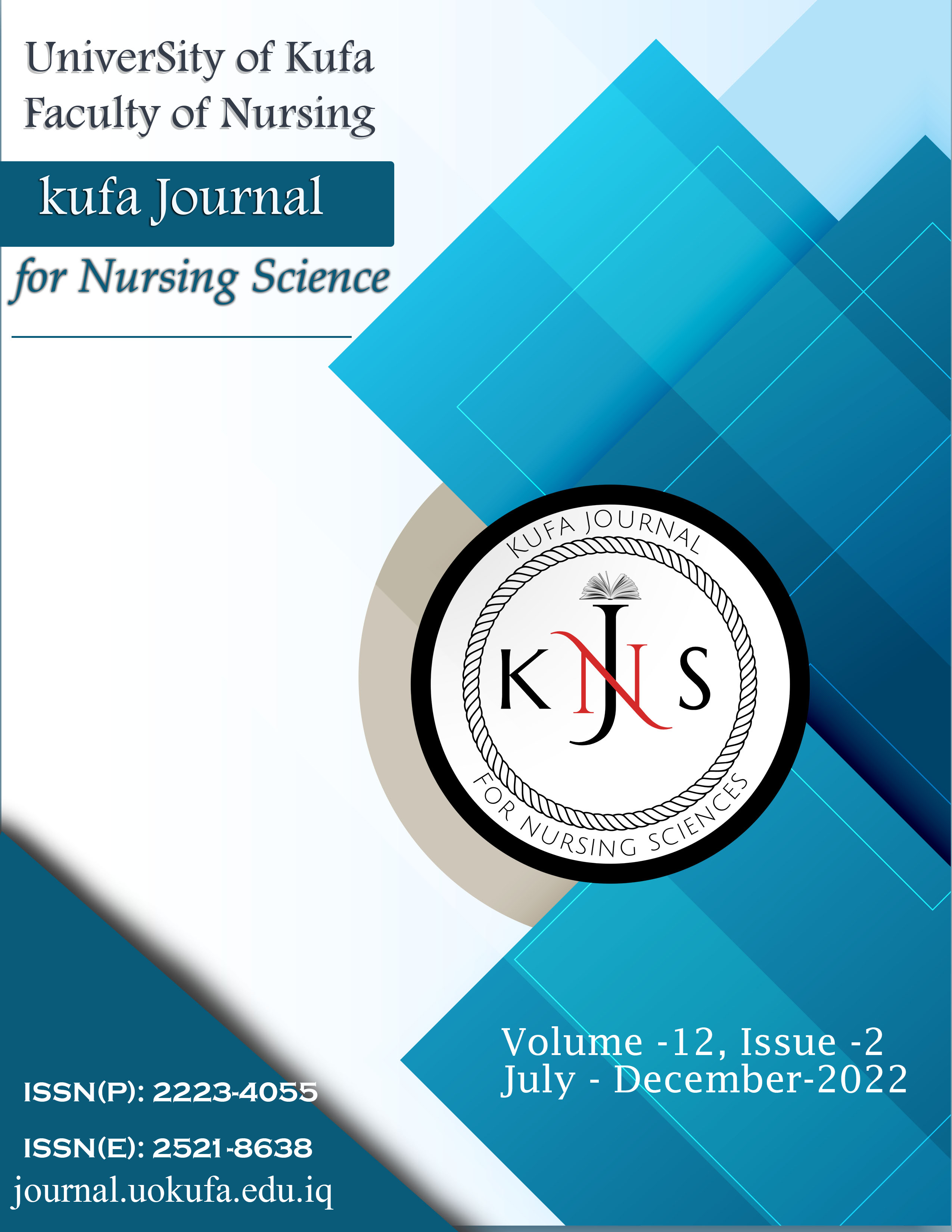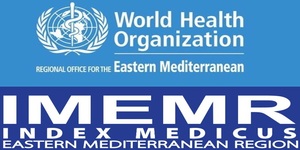Distribution Of The Breast Lesions Based On The Mammogram Scoring Among Different Age Groups
DOI:
https://doi.org/10.36321/kjns.vi20222.3863Keywords:
Breast Lesions, Mammography screening, BIRADSAbstract
Background: The mammary glands are prone to various lesions, either benign or malignant, many of benign types that can mature to malignant if untreated. The breast glandular structure can undergo changes from puberty to pregnancy and menopause due to hormonal effects, so the type of lesion occurrence among women varies depending on the age.
Aims: This study aimed to identify if there is an association between age and BIRADS classification and/ or association between age and type of lesions.
Methods: One hundred women from the city of Kirkuk participated in this study; they underwent mammography screening for detecting breast lesions. The relationship between age and mammography screening classification has been analyzed.
Results: There is a significant association between age and BIRADS, and the age over 40 year was more frequent in most scores of BIRADS classification. In addition the number of patients with breast lesions in both BIRADS-3 and BIRADS-4 increased significantly with age. On the other hand, there is no significant association between age and types of breast lesion.
Conclusion: There is significant association between age and BIRADS.
Downloads
Downloads
Published
How to Cite
Issue
Section
License
Copyright (c) 2022 Safiya Mohammed, Alaa Mirza Hussain

This work is licensed under a Creative Commons Attribution 4.0 International License.













